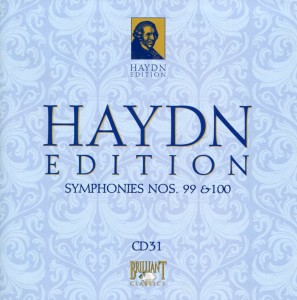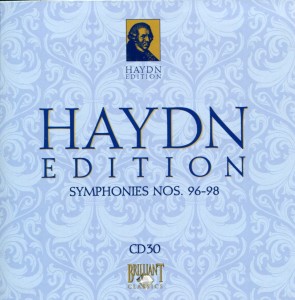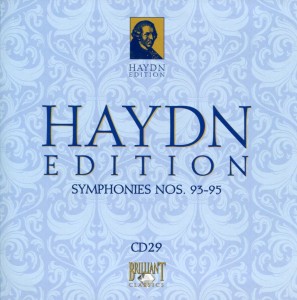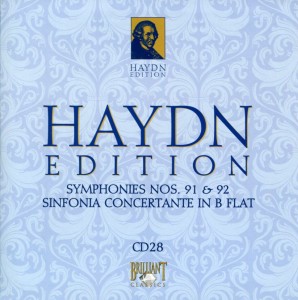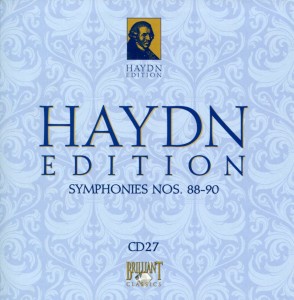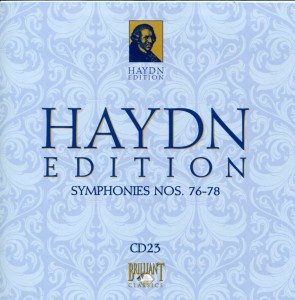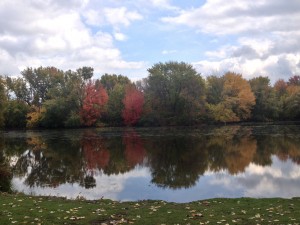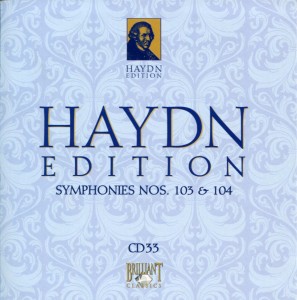 Today’s CD marks the end of Haydn’s symphonies.
Today’s CD marks the end of Haydn’s symphonies.
In other words, by the time I’m done today, I will have listened to all 104 Haydn symphonies , plus the four Sinfonias. (So, is that 108? Or 104? You be the judge.)
I liked Symphony No. 103 in E Flat “Mit Dem Paukenwirbel” (“Drumroll”) from the first few notes. (I love the German language. They can take a simple, two-syllable word and turn it into something with more syllables than a doctoral dissertation.)
No. 103 opens with a long timpani roll, from which it gets its nickname. That lasts for about 10 seconds. Then, around the :12 mark, the bass instruments begin, slowly and somberly. The combination is extremely compelling. I found myself leaning forward to hear this, wondering what’s going to happen next.
Movement II (“Andante piu tosto allegretto”) happens next. It is brilliant. Rich, complex, stately, multi-tonal, yet alarmingly ear-worm worthy. The entire symphony gets two thumbs up from me. (I’m sure Haydn would be relieved to know how highly I think of his efforts.) From its entry on Wiki:
The symphony was the last but one of twelve that were composed for performance in England during Haydn’s two journeys there (1791–1792, 1794–1795). Haydn’s music was well known in England well before the composer traveled there, and members of the British musical public had long expressed the wish that Haydn would visit. The composer’s reception in England was in fact very enthusiastic, and the English visits were one of the most fruitful and happy periods of the composer’s life. Haydn composed the “Drumroll” Symphony while living in London during the winter of 1794–1795.
The “Drumroll” Symphony was premiered on March 2, 1795 as part of a concert series called the “Opera Concerts”, at the King’s Theatre. The orchestra was unusually large for the time, consisting of about 60 players. The task of directing the work was divided between the concertmaster Viotti and Haydn, who sat at a fortepiano.
Haydn later performed the work in Vienna, and for this purpose made a small cut in the final movement, which is usually respected by conductors today.
Since its premiere the “Drumroll” Symphony has been a favorite among Haydn’s symphonies, and it is frequently performed and recorded today. In 1831, Richard Wagner arranged it for piano.
Again, wouldn’t it have been remarkable to see Haydn play his own symphony? Did his audience appreciate that moment? I know I would have. I wouldn’t have taken my eyes Continue reading

